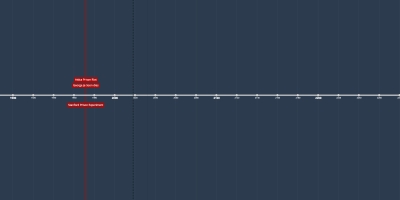Europe's 'Juridico-Discursive' Strategy of Cultural Power (21 авг 1600 г. – 10 июл 1780 г.)
Описание:
"By 1600, as Roy Strong puts it, 'the art of festival was harnessed to the emergent modern state as an instrument of rule' (Strong 1984: 19). And what was true of the festival was, or subsequently came to be, true of court masques, the ballet, theatre, and musical performances. By the late seventeenth century all of these formed parts of an elaborate performance of power which, as Norbert Elias (1983) has shown, was concerned first and foremost with exhibiting and magnifying royal power before tout le monde--that is, before the world of courtly society--and then, although only indirectly and secondarily, before the populace. If culture was thus caught up in the symbolization of power, the principal role available to the popular classes... was as spectators of a display of power to which they remained external. This was also turn of the position accorded them before the scaffold within the theatre of punishment.In these respects, then, high cultural practices formed part of an apparatus of power whose conception and functioning were juridico-discursive: that is, as Foucault defines it, of a form of power which, emanating from a central source (the sovereign), deployed a range of legal and symbolic resources in order to exact obedience from the population. Over the late eighteenth and early nineteenth centuries, by contrast, these practices came to be inscribed in new modalities of power which... Foucault has variously described as disciplinary or governmental power."
Source: Tony Bennett. The Birth of the Museum: History, Theory, Politics (1995). Pg. 21-22
*Time period approximate
Добавлено на ленту времени:
Дата:
21 авг 1600 г.
10 июл 1780 г.
~ 180 years
